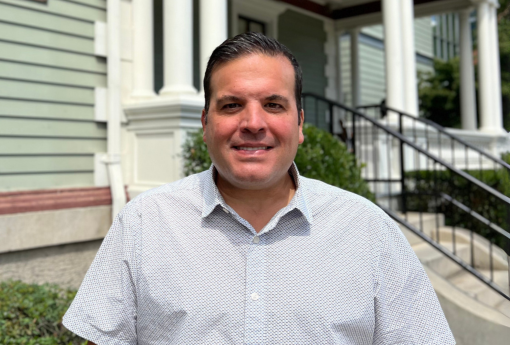
Hamilton Curriculum Overview
While Hamilton students have great overall cognitive ability, they often struggle with acquiring reading, spelling, written expression, math, organization, and study skills due to dyslexia, executive function weaknesses, or other learning differences. We believe that our students can learn these skills to function well and excel in school and life.
Our curriculum is designed to teach specific skills and compensatory strategies so our students can master these critical academic skills. Hamilton students typically have small-group academic classes where teachers use specialized methods (i.e., Orton-Gillingham, Teaching Basic Writing Skills/ The Writing Revolution, and Read Live) to offer students consistent opportunities to reinforce their reading, writing, and math skills. Language arts is the heart of the curriculum and is designed to help students expand their reading decoding and fluency, handwriting, spelling, grammar, and written expression skills. Generally, students are taught in small instructional groups that are ability-matched. Hamilton School’s class sizes range from four to 10 students.
Visit the Hamilton School Homepage
The Hamilton School Administration


